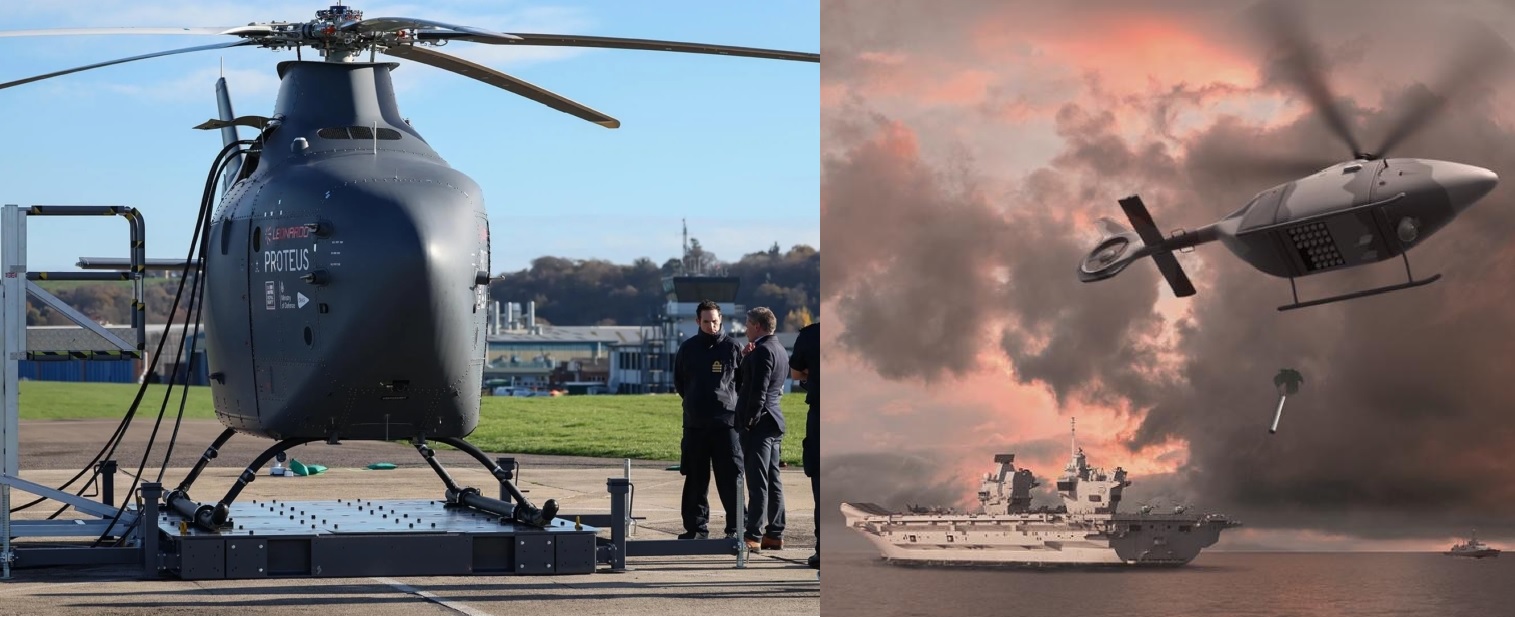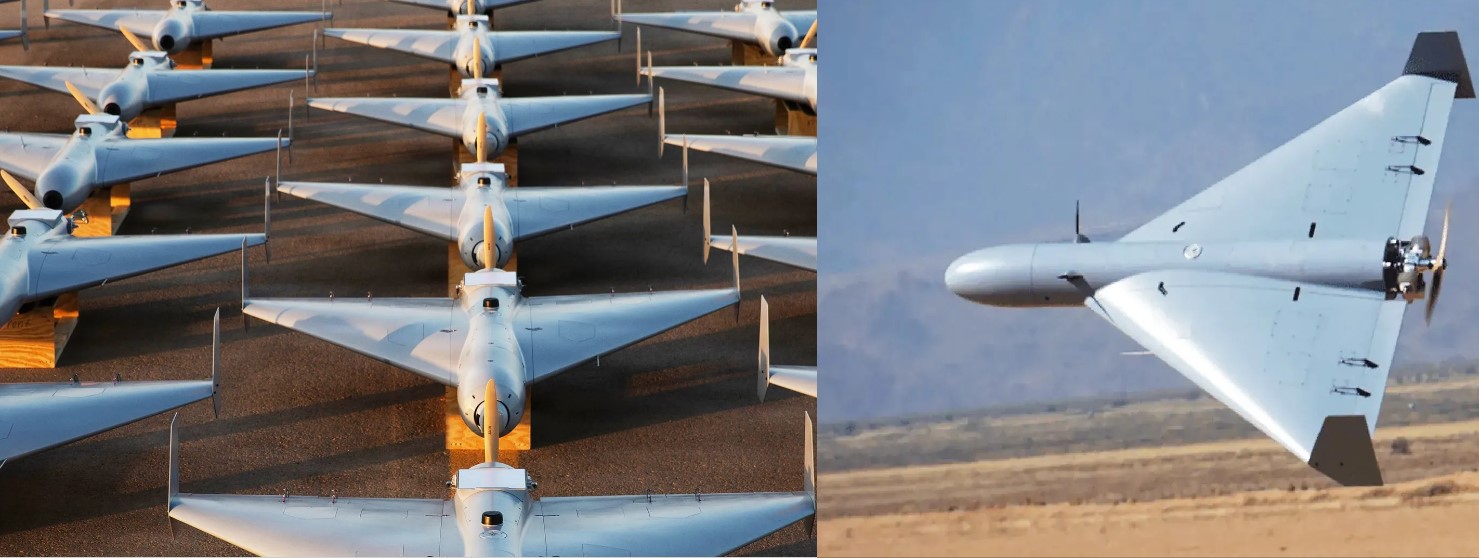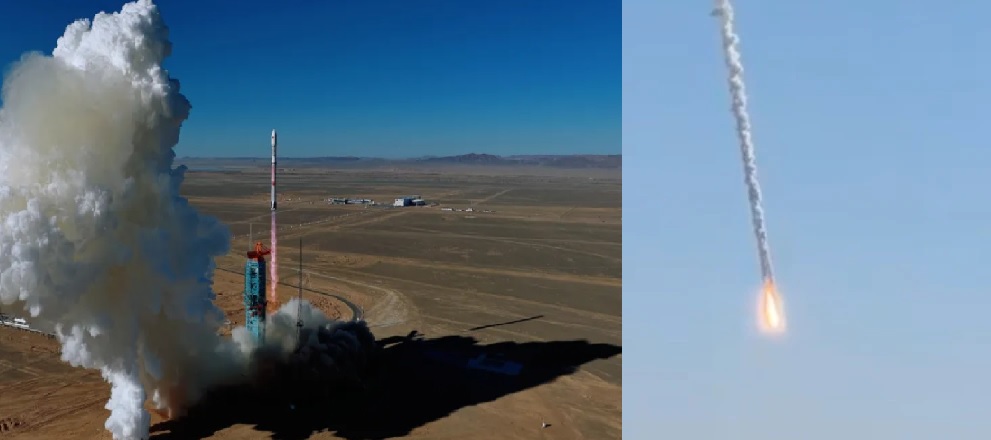Taiwan Gets U.S.-Made Altius-600M Kamikaze Drones with 400km Strike Range

In a major leap for its defense capabilities, Taiwan has officially received its first batch of U.S.-made Altius-600M loitering munitions, also known as kamikaze drones, capable of striking targets up to 400 kilometers away. The delivery, confirmed on August 4, 2025, marks a new phase in Taiwan’s push to build a highly mobile, tech-driven deterrent against threats, especially in light of increasing tensions with China.
The Altius-600M, developed by Anduril Industries, is an upgraded combat-ready version of the original Altius-600 UAV, featuring an advanced one-way attack capability. Each drone carries a 3 kg warhead and can be launched from aircraft, helicopters, ground vehicles, and naval platforms, making it extremely flexible across different combat environments. Unlike traditional drones, the 600M is not meant to return — it’s designed to loiter near a target and strike when a threat is identified.
What’s particularly noteworthy is the drone’s autonomy and swarm capabilities. Powered by Anduril’s Lattice AI control system, a single operator can manage multiple drones at once. They can work together, where one identifies a threat and others strike — or loiter until they detect enemy radar or visual targets. These drones have a flight endurance of up to 4 hours and can be integrated into Common Launch Tubes, making deployment rapid and easy across Taiwan’s defense systems.
Taiwan’s Defense Minister Chiu Kuo-cheng met with Anduril founder Palmer Luckey in Taipei on August 5, just a day after the drones arrived. The meeting was attended by top military leaders, who hailed the project’s swift execution — the deal started only in 2024 and was delivered within a year. Minister Chiu called it a sign of Taiwan’s commitment to rapid military modernization, especially with a focus on asymmetric warfare — using smarter, cheaper systems to counter bigger adversaries.
Altius-600M is just one part of Taiwan’s growing unmanned arsenal. Alongside it, Taiwan has also received 685 Switchblade 300 drones under a $360 million U.S. arms deal. Combined, these drones help Taiwan create what U.S. Indo-Pacific Command strategists have called a "drone-based denial layer" — a dense network of small, disposable attack drones meant to disrupt or delay any enemy amphibious or aerial invasion across the Taiwan Strait.
In addition to imports, Taiwan is also ramping up domestic drone production. The Chien Hsiang anti-radiation loitering munition, with a range of 1,000 km, is already in serial production and aimed at destroying enemy radar systems. Taiwan also developed FPV (First-Person View) kamikaze drones like the Overkill, in collaboration with Thunder Tiger and using Auterion's strike AI. However, local production is lagging — only 8,000 to 10,000 drones were produced in the past year, far short of Taiwan’s ambitious 180,000-per-year target by 2028.
In July 2025, Taiwan’s Defense Armaments Bureau issued a $1.4 billion tender for nearly 49,000 new drones, showing its seriousness about scaling fast. These include VTOL drones, fixed-wing systems, and single-use strike UAVs. But the domestic industry faces critical challenges — high costs, reliance on foreign chips, lack of export orders, and absence from the U.S. DoD’s approved Blue List — all of which could slow Taiwan's path to drone self-reliance.
Still, with the Altius-600M now operational, Taiwan has taken a significant step toward distributed, high-precision, and survivable strike capability, one that allows it to hit threats far from its shores without putting pilots in danger. The kamikaze drone’s long range, autonomy, and precision make it a key tool in Taiwan’s evolving strategy to maintain deterrence in one of the world’s most dangerous flashpoints.
✍️ This article is written by the team of The Defense News.






